Is new always improved?
In the fourth millennium BC (approximately) a small invention was made, we still use it today and relatively speaking it has gone through little change. Can you guess? (*The wheel). Well, it proves that we do not need to ‘reinvent the wheel’ each time we create a new e-learning course for our clients. Scalable e-learning – it is how we make it happen.

INTEA was founded over thirteen years ago, in that time we have scaled up production and recruited a variety of professionals from different fields.
Along the way we have learned many lessons and we know what works and what
doesn't. It is not only the learners that take something away from our courses.
We have learned that when it comes to designing e-learning courses, new is not always improved.
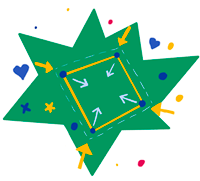
REDUCE
Making something new does not mean you have to disregard everything about the previous version. When we deal with subject matter experts (SMEs) we often hear that they want their course to stand out, with new features and to be exciting. Producing something that is completely different to previous courses in art style, content delivery and navigation is a costly process. It not only costs the client more, but changing the design of every course also comes at the expense of the learner - a constantly changing user interface and navigation will lead to a loss of engagement. If learners are not engaged, they are not learning.
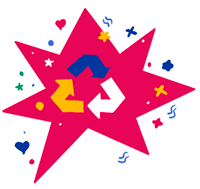
REUSE
In the last five years we have focused on reducing, reusing, and recycling our eLearning designs. We did this by templating the simplest forms of our course slides. To be efficient you should not be designing each slide from scratch every time you create a new course. Here are some useful ideas:

Decide what slides work well in the development stage and what slides get positive feedback from learners. These templates should serve as the foundation for new courses. To give you an example, the Lego company has been using this type of process for decades. There are insurmountable amounts of Lego sets in existence today, from the Titanic to Star Wars and anything else you can imagine in between.
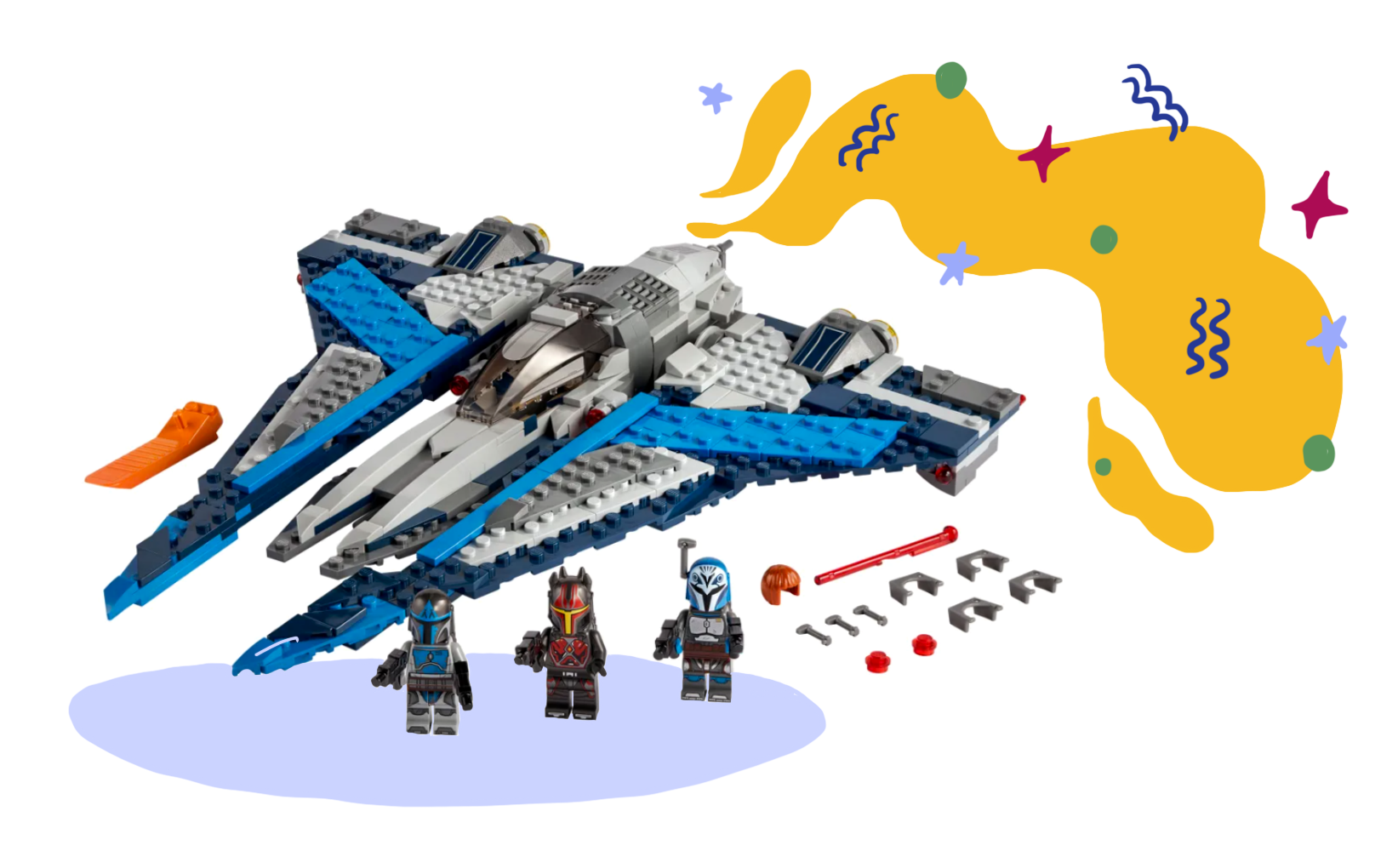
You may not realise it, but the Titanic and the Death Star have a lot in common. (Not just that they both got destroyed.) The sets share a lot of the same building blocks, the Lego sets may be unique, but their small parts are not. These building blocks are Lego’s version of templates. A simple, yet effective design that can be reproduced easily and cost effectively.

Using templates is not the same as cutting corners to make things easier on us as eLearning content creators. Done correctly, this comes at a benefit to both clients and learners alike. So how do you reuse old courses? Consider what can be reused in multiple courses, for example, the same mode of navigation, the same button style, art font, image style. To be able to do this, you need to be building up your template library, which will serve as your building blocks later.

Another thing to note about using templates is, to be aware of ‘copy mutation.’ This is when you are designing a course and there is a distinct change in the quality of certain areas of the course. This happens as the project progresses and better design methods are discovered and implemented to later slides, without ‘fixing’ the issues in earlier slides. Templates help to avoid this; they keep things structured and on the same track.

RECYCLE
When it comes to designing a new course, try to produce as much as possible using your library of templated designs. Some tips & tricks:

To aid instructional design, leave comments/instructions on each
of the templates, this will help when making design choices in future courses.

The learning material will help to guide the template selection, is the course
for a new product, a compliance training, or learning a new soft skill. Based on past courses what approach did you use for getting this information across? By extending this structured approach to other areas of the project you can ensure thing run smoothly.

Let the SMEs know ahead of time how to prepare the material, this will let them understand the templates and how to prepare the information in an efficient way. This will allow for better cost, time, and project scope estimates.

If after all this the SMEs still feel that they need something different, something that stands out from the rest, there is a simple trick, change the colour! Yellow for HR, blue for sales, red for manufacturing, this gives them a unique feel, but it does not come at the cost of creating completely different templates for each course.
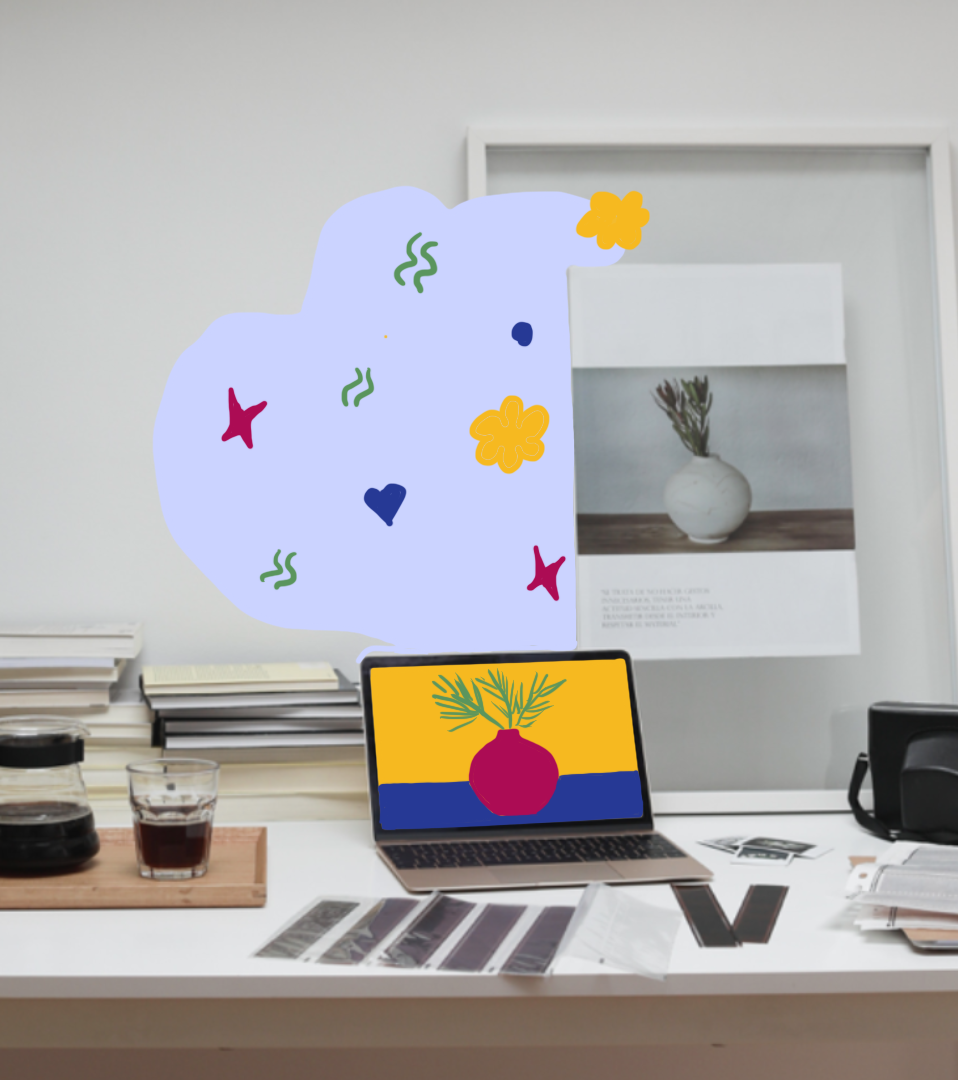
A templated approach to eLearning will help to streamline the production process and give the client a better understanding of what they will be getting and what information they need to produce. This saves all parties time and money. By ensuring the base template-building-blocks are well made, we can use them in an almost endless number of ways.
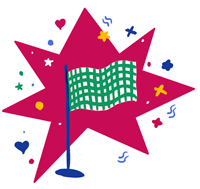
Watch full video on scalable learning here:

